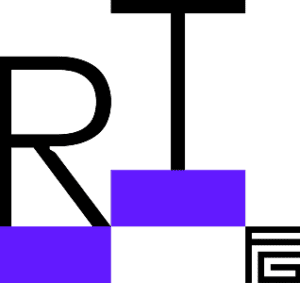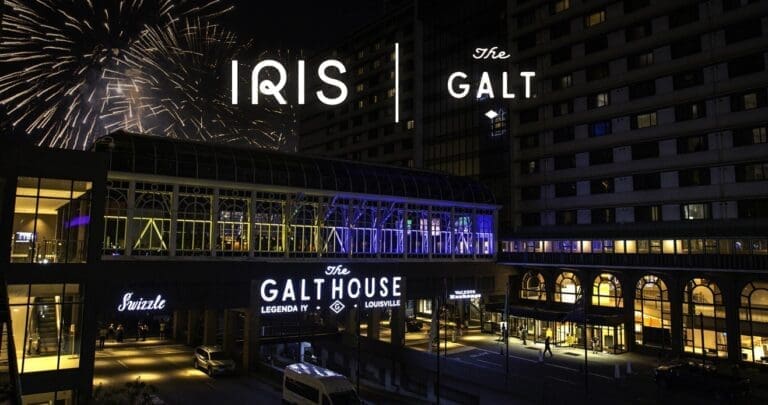
The most successful hotels know their profitability is won or lost on dozens of strategic decisions throughout the property. It’s not trimming costs, fixed pricing models, or resisting change; rather, it’s all of those things and more.
Yet, many hoteliers think revenue management is only about pricing. Pricing is a part of revenue management, but it also weaves through every aspect of the hotel to boost overall revenue and profitability.
Today’s data-backed software gives revenue management the tools they need to make the smartest decisions at the micro and macro levels. These decisions guide efficiency and the guest experience, making for a profitable business.
The Franco Grasso Revenue Team (FGRT) is a revenue management consultant group with over twenty years of experience in more than thirty countries and over 2500 properties. This range of experience demonstrates how many common misunderstandings there are when it comes to revenue management and its overall impact on hotel revenue.
7 Hotel Revenue Management Misconceptions
The old ways of running a hotel separated the departments. Sales, operations, marketing, each department were like a separate fiefdom as if there wasn’t one entity guests would experience. It could make for a lot of confusion. For example, the front desk wouldn’t know about the special promotion marketing that was running, but guests came in asking for it.
Of course, every decision made by one department impacts another. Revenue management recognizes the interconnectedness and incorporates data from multiple departments to create more revenue and a better guest experience.
Do any of these misconceptions sound familiar?
Misconception #1 Sales and Service Don’t Impact One Another
It’s possible to grow revenues without cutting costs. Revenue management provides the necessary information to balance fixed and variable costs without sacrificing amenities and other aspects of the guest experience.
For example, some hotels make the mistake of booking large groups at a discount during high-demand periods. Then, they turn away full-price guests because they’re fully booked.
Hotels have ancillary revenue opportunities, too. Whether F&B, area attractions, or maybe a spa, there are opportunities for personalized marketing. The front desk staff can offer relevant opportunities to the guests upon check-in or even send suggestions before arrival.
These improve the guest experience while growing revenue. Happy guests tend to leave positive reviews, improving the hotel’s brand reputation.
Misconception #2 Hotels Are “Easy”
Opening and managing a profitable hotel is a complex undertaking. Too many hopeful hoteliers base their business projections on wishful thinking. They have stars in their eyes about possibilities and some imagined glamour of running a hotel.
FGRT’s core philosophy is to align the hotel with the existing market. This means examining the market and creating a feasibility plan that includes the market, competition, the property’s number of rooms, potential income, and more.
Revenue management uses data like REVPAR (revenue per available room, average income calculated in both rooms sold and unsold) to shape the hotel’s profitability potential.
Misconception #3 Ignoring Change
When personal computers took offices by storm, there were some people who resisted change. They wanted to hold on to their typewriters and were grumpy about learning how to use a computer.
In the 21st century, the rate of change is much faster. Hotels that incorporate revenue management software (RMS) and a human revenue manager automate reports, guide future pricing decisions, and find new efficiencies.
There are three revenue management questions to guide strategic decisions.
- Does price condition demand?
- Are price and quality always equal?
- Must fixed costs affect a sales price?
Revenue management calculates fixed and variable hotel costs. These costs mix with area competition, market demand, and historical occupancy data to set optimum room rates.
If it’s the low season with low occupancy, revenue management proves that setting a low room rate that covers the costs entices guests to book. Those guests leave a favorable review, which improves the hotel’s brand reputation and boosts the property on search so other guests find it and book at higher rates.
This proven pricing strategy is key to successful revenue management, yet some hoteliers refuse to believe it.
They say things like, “I can’t make it on these rates! My room costs are too high!” Or “What if everyone does this? The place will be full of riff-raff!”
Thousands of hotels have found the data-backed approach to revenue management wildly successful. Low rates in periods of low demand create the perfect approach to higher rates in high season. It’s based on science.
Revenue management principles sometimes seem counterintuitive, but they’re proven to increase hotel profitability.
Misconception #4 Hotels Need to Discount
Discounting is a mindset, not a profitable way to price hotel rooms. Market demand sets hotel room rates. The Christmas holiday season is usually more expensive because there are many families traveling thanks to holiday breaks.
But mid-week in February is usually a much lower rate. If the hotel has a good brand reputation and there’s enough demand thanks to area tourism, there’s no need to discount rooms.
Instead, hotels use modern RMS technology paired with an experienced revenue manager. They set the correct starting rate for the room rate and set the dynamic pricing parameters. The software sees demand increasing and raises the rates.
That’s the essence of effective room pricing with revenue management.
See how an Italian hotel doubled revenue and cracked TripAdvisor’s Top 10 by leveraging revenue management principles. These principles have allowed other hotels to sell rooms at triple or quadruple the usual rates.
Misconception #5 Price is Not the Same as Quality
There’s an outdated idea that price equals quality. That’s no longer the case (if it ever was.) In the hotel business, this concept often translates into hoteliers equating a low room rate with people who won’t respect the property.
In truth, many nice people appreciate a good value. It’s not possible to gauge anyone by their dress, either. Casual dress is acceptable, and people tend to dress down today in all types of venues.
Offering a good value during periods of low demand can result in great guest satisfaction, good reviews, and future bookings at higher prices.
The appropriate hotel pricing varies day by day, but when it’s incorrect, the hotel risks spillage, spoilage, and overbooking, risking your hotel’s profitability.
Misconception #6 Fixed Costs Are Not the Answer
A narrow focus on one thing can cause hoteliers to miss profitable opportunities. For instance, some hoteliers focus on fixed costs like electricity or rent and equate that to room rates. The reason it doesn’t make sense is because the hotelier considers room rates as per unit. Whereas annual electricity costs are an absolute measure.
They aren’t comparable.
Imagine a hotel with a 30,000 Euro annual electricity bill. It doesn’t make sense to break that one fixed cost down into a per-room rate for pricing purposes. Here’s why.
Dr. Grasso tells a story of visiting a Roman five-star hotel, where they discussed room rates. There was much discussion about leaving 30 rooms empty for an entire year at 130 Euro per night if they couldn’t get the 150 Euro as before.
The reason was based on the hotel’s shift manager listing all the annual costs and deciding they couldn’t accept less than 140 Euros per room. This conclusion seems unusual since the hotel occupancy didn’t surpass 70%, and the variable costs were only 15-20 Euro per room.
Let’s calculate the overall costs and imagine the hotel has 100 rooms. It has a million Euro fixed costs and 15 Euro variable costs per room. Those variable costs include breakfast, toiletries, etc. By dividing the million Euro by 365 days a year and then by a 100 for the number of rooms, the result is 27.40.
If the hotel leaves thirty rooms empty for 365 days, each of those rooms cost the hotel nearly 30 Euro a night. The hotel could price the room for 50 Euro. A 50 Euro rate, subtracted by 27,40 (fixed cost per room) and 15 Euro (variable cost) leaves 7.6 Euro, which can go toward hotel profits or amortization. Now, the hotel is bringing in some money for every room sold.
Hotels have perishable inventory that expires every night. When hotels can find ways to sell rooms that include fixed and variable costs, even at a lower rate, it’s still a revenue opportunity.
Misconception #7 The Property Is Unique
Yes, all properties have unique characteristics, yet the basics of the hotel business don’t change. Hoteliers who pay attention to industry changes and focus on proven business practices like revenue management find themselves with profitable venues.
In conclusion, successful revenue management implementation requires modern RMS technology and analysis to stay on top of changing markets. It gives you multiple levers to pull, and some might only offer incremental profits a few weeks a year but pull them right, and the property can enjoy record-breaking profits in a few months. It’s engineered to pay off. To enjoy what’s possible with higher revenue you can check these further 10 revenue management tips.





















